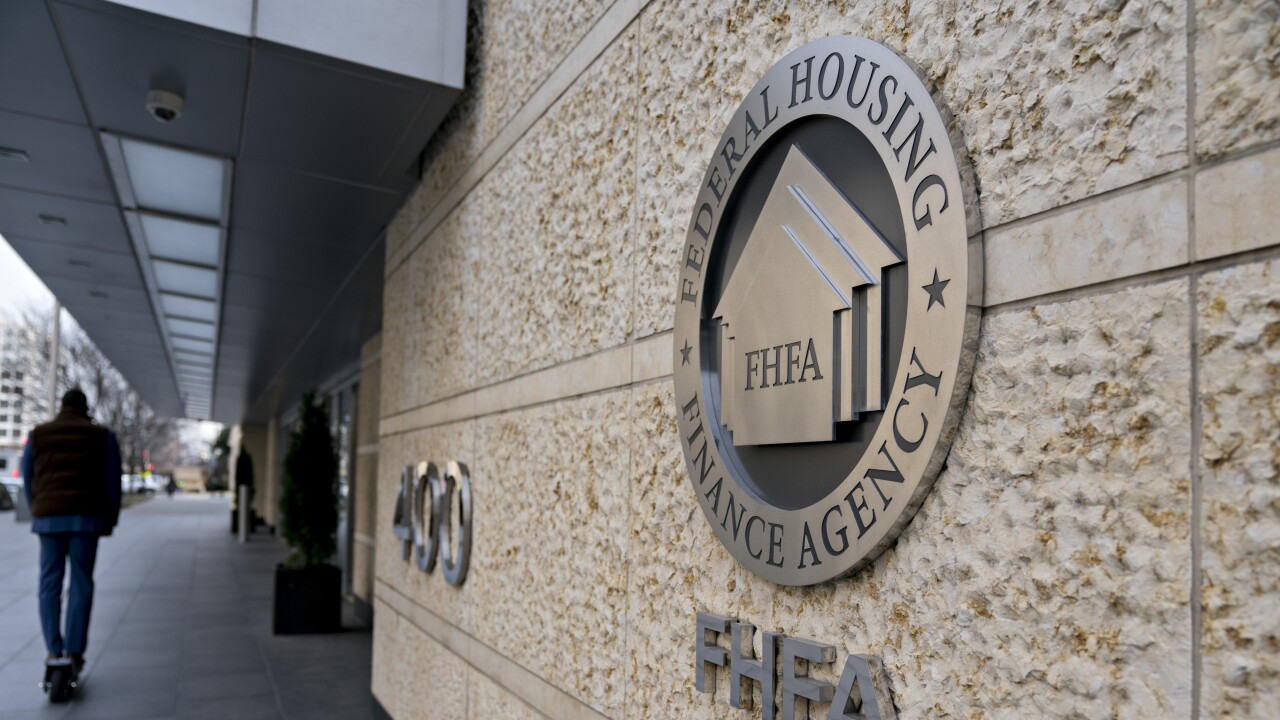WASHINGTON — The Federal Reserve announced a series of more policy actions Sunday to ease economic stress from the spread of the coronavirus, including its second emergency rate cut this month and other steps intended to encourage banks to lend.
The Fed said it was slashing its federal funds rate by a whole percentage point to between 0% and 0.25% as the outbreak of COVID-19 has taken the global economy off track.
"The [Federal Open Market Committee] expects to maintain this target range until it is confident that the economy has weathered recent events and is on track to achieve its maximum employment and price stability goals," the FOMC said in a statement.
The Fed also announced a handful of additional actions Sunday, including lowering the primary credit rate by 150 basis points to encourage banks to lend via the discount window, which offers banks short-term liquidity, and urged financial institutions to use their capital and liquidity buffers to lend to people and businesses affected by the coronavirus.

"These capital and liquidity buffers are designed to support the economy in adverse situations and allow banks to continue to serve households and businesses," the Fed statement said. "The Federal Reserve supports firms that choose to use their capital and liquidity buffers to lend and undertake other supportive actions in a safe and sound manner."
Additionally, the Fed will reduce reserve requirements to 0%, effective March 26, which the agency said will also support lending.
"To further enhance the role of the discount window as a tool for banks in addressing potential funding pressures, the Board also today announced that depository institutions may borrow from the discount window for periods as long as 90 days, prepayable and renewable by the borrower on a daily basis," the Fed said.
The Fed's actions followed other steps by financial regulatory agencies and central banks to stave off further economic fallout from a worsening crisis. Earlier this month, the Fed
On Friday, the Office of the Comptroller of the Currency and the Federal Deposit Insurance Corp.
Following the Fed's statement Sunday night, the central bank released a joint statement Monday morning with the FDIC and OCC encouraging banks to use the Fed's discount window "so that they can continue supporting households and businesses."
But there could be further efforts by policymakers to respond to the economic shock waves. According to published reports, Treasury Secretary Steven Mnuchin said he is looking at asking Congress to reinstate certain tools that had been restricted by the Dodd-Frank Act.
Also on Sunday, the Fed along with the Bank of Canada, the Bank of England, the Bank of Japan, the European Central Bank and the Swiss National Bank also agreed to lower the pricing on the standing U.S. dollar liquidity swap arrangements by 25 basis points, in an effort to boost the provision of liquidity through the standing U.S. dollar liquidity swap line.
The swap lines are standing facilities that serve as a liquidity backstop, and can help counter the effect of both domestic and global supply line strains as the coronavirus is expected to spread, the Fed said.
The FOMC also directed the Open Market Trading Desk on Sunday to increase its holdings of Treasury securities by at least $500 billion and its holdings of agency mortgage-backed securities by $200 billion.
The benchmark 10-year Treasury yield has been particularly volatile as investors have panicked over the spread of COVID-19, falling to an all-time low of 0.318% last week.
The Fed's actions coincided with a decision by eight of the largest banks to temporarily suspend share buybacks through the second quarter of the year.
"The decision on buybacks is consistent with our collective objective to use our significant capital and liquidity to provide maximum support to individuals, small businesses, and the broader economy through lending and other important services," according to a statement by the Financial Services Forum, a trade association representing the eight institutions. "The decision is consistent with actions by the Federal Reserve, the administration, and the Congress."
The group's members include Bank of America, Bank of New York Mellon, Citigroup, Goldman Sachs, JP Morgan Chase, Morgan Stanley, State Street and Wells Fargo.
The Fed made its announcement Sunday instead of at the end of the FOMC meetings, scheduled for Tuesday and Wednesday, where the agency normally announces its interest rate policy decisions.
Going forward, the Fed still has additional tools in its arsenal to combat economic stress, said Fed Chair Jerome Powell in a press conference Sunday, such as forward guidance and more asset purchases. But the Fed is not currently considering cutting the federal funds rate any further, he said.
“We do not see negative policy rates as likely to be an appropriate policy response in the United States,” said Powell.





